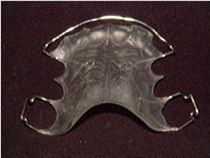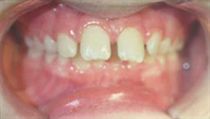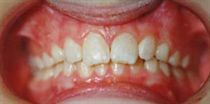Appliances Explained
Functional Appliance
There are many different designs of functional appliances. These can be removable plates or fixed appliances with piston-type arms. The vast majority are used to correct incisor protrusion in the growing child, especially where the bottom jaw is undershot (Class II Division 1 malocclusion).
Some such as Frankel also have designs aimed at correcting Class III malocclusions (Overshot bottom jaw)
Removable
Some of the common ones are: Andreasen, Bionator, Teuscher, Frankel, Twin Block, CBJ, Forsus, Powerscope, etc
Although the design and wear of these appliances differ, the aim of treatment and essential action is quite similar. They have to be worn a minimum of 12 hours per day, mainly at night. Treatment time can take up to 12 months, including a retention phase where the appliance wear is gradually eased off.
Some orthodontists may require 24 hour wearing of the appliance.
Appliances below include Bionator, Frankel appliance and Functional appliance with Headgear.
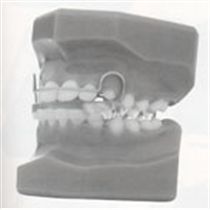
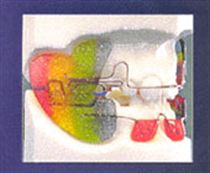
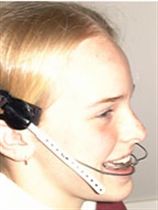
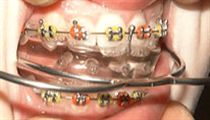
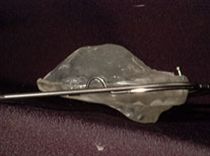
Fixed
Most are variations of the Herbst appliance. The advantage of the fixed appliances are that they do not rely on the patient’s co-orporation.
They are glued into place and worn 24 hours per day.
Treatment time can take up to 6 months. Once the appliance is removed, a removable retainer plate maybe needed.
CBJ Appliance pictured below with piston arms allow opening and closing of the mouth
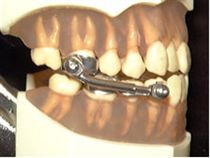
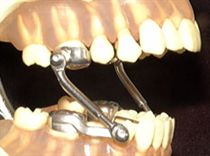
Head Gear
Head gear can be used in a similar way to a functional appliance in bite correction or as an anchor device for the the teeth during braces treatment.
Head gear can be used to hold the top teeth back.
The type of headgear depends on your facial pattern and what the orthodontist is trying to achieve.
Headgear can also be used to pull top or bottom teeth forward.
Pictured below: Low Pull, Straight Pull, High Pull and Reverse Pull Headgear.
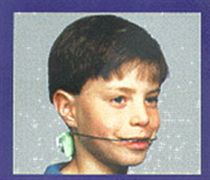
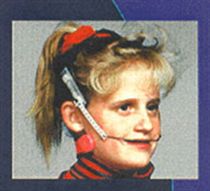
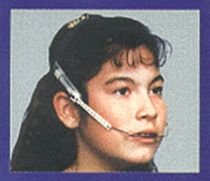
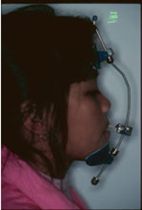
Non compliance appliances
The most common way of adjusting the relationship of top teeth to bottom teeth during braces treatment is by the use of elastics. However, where co-orporation with elastic wear is lacking or a difficult bite does not appear to be correcting with conventional elastics more and more orthodontists are starting to use “non compliance” appliances which attach to the braces and work 24 hours per day.
One example of this is the “bite fixer” below:
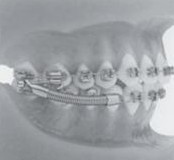
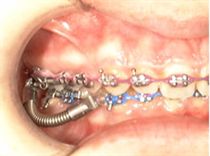
Maxillary (Top jaw) Expanders
These can be divided into “slow expanders” such as the Quadhelix appliance and “rapid expanders” generically named RME’s.
Slow expanders mainly expand the alveolar bone holding the teeth and are mainly used to widen the dental arch. Rapid expanders are used to broaden the upper jawbone itself.
They tend to be used mainly in adults and often in conjunction with surgery to loosen the jaw for expansion. In some situations the RME may be used in children.
Pictured below: Quadhelix, Quadhelix with full braces, Before RME appliance, After expansion with RME (note gap between incisors)
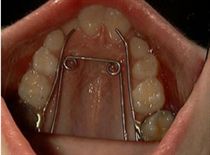
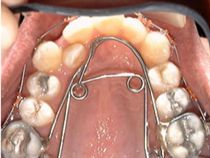
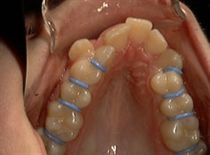
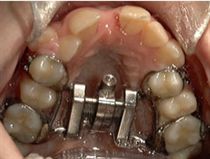
Pendulum appliance
The pendulum appliance is designed to move upper back teeth backwards to create space for crowded front teeth for alignment.
Most common application is to move the upper first permanent molar backwards to make room to fit protruding eye teeth without extractions. (As per Rose Dillon’s case).
The appliance is cemented in place and usually stays in place for 6 months. Sometimes used in conjunction with fixed braces.
Simple orthodontic plates
One of the simplest orthodontic plates is the “Hawley Plate”, also referred to as a “URA” (upper removable appliance). It can be used for a variety of functions: as a retainer, for simple pulling back of protruded upper incisors (see photo below). It can also be modified to hold space for erupting second teeth.
Pictured below: Hawley Plate, Upper incisor teeth protruded, Teeth corrected with a simple plate.
